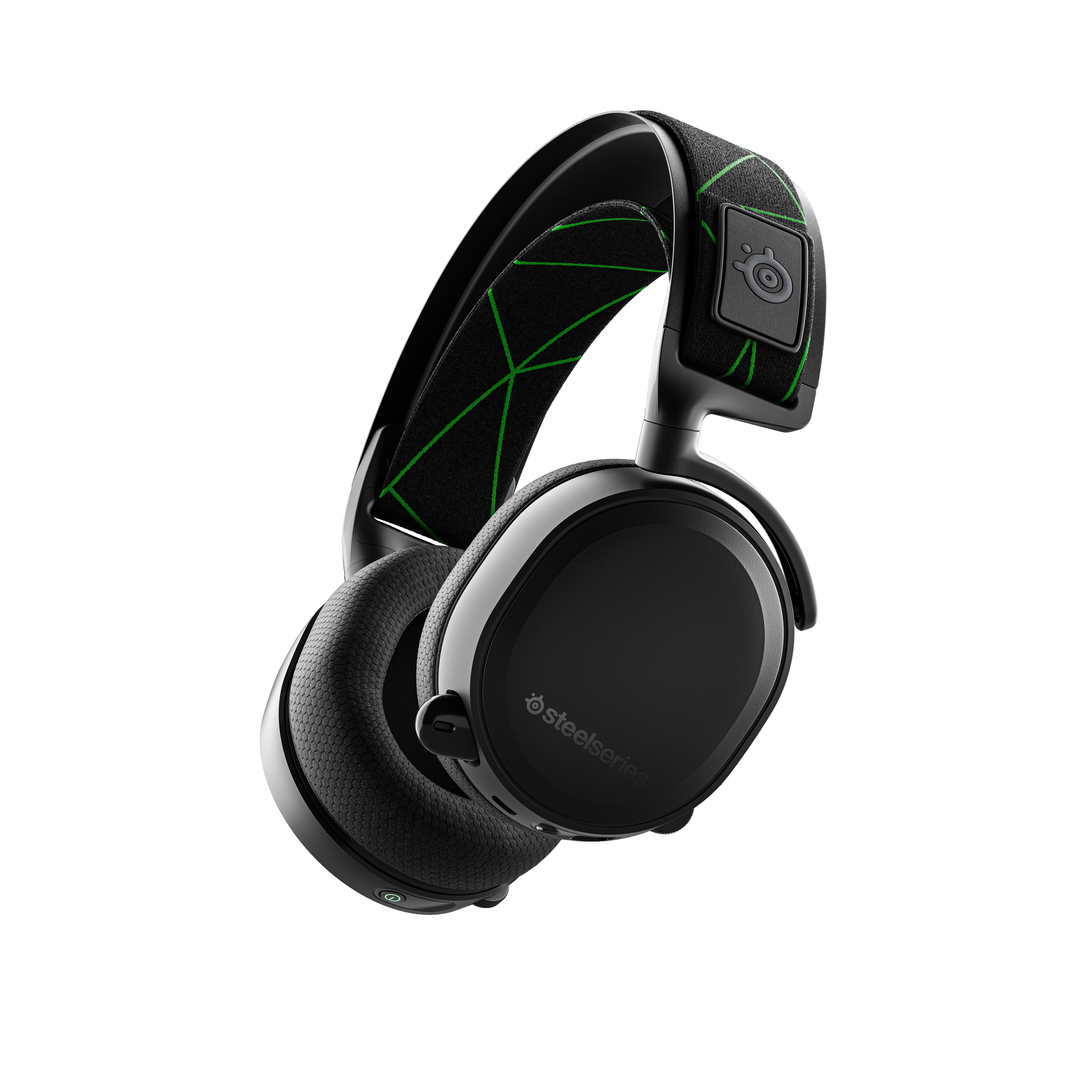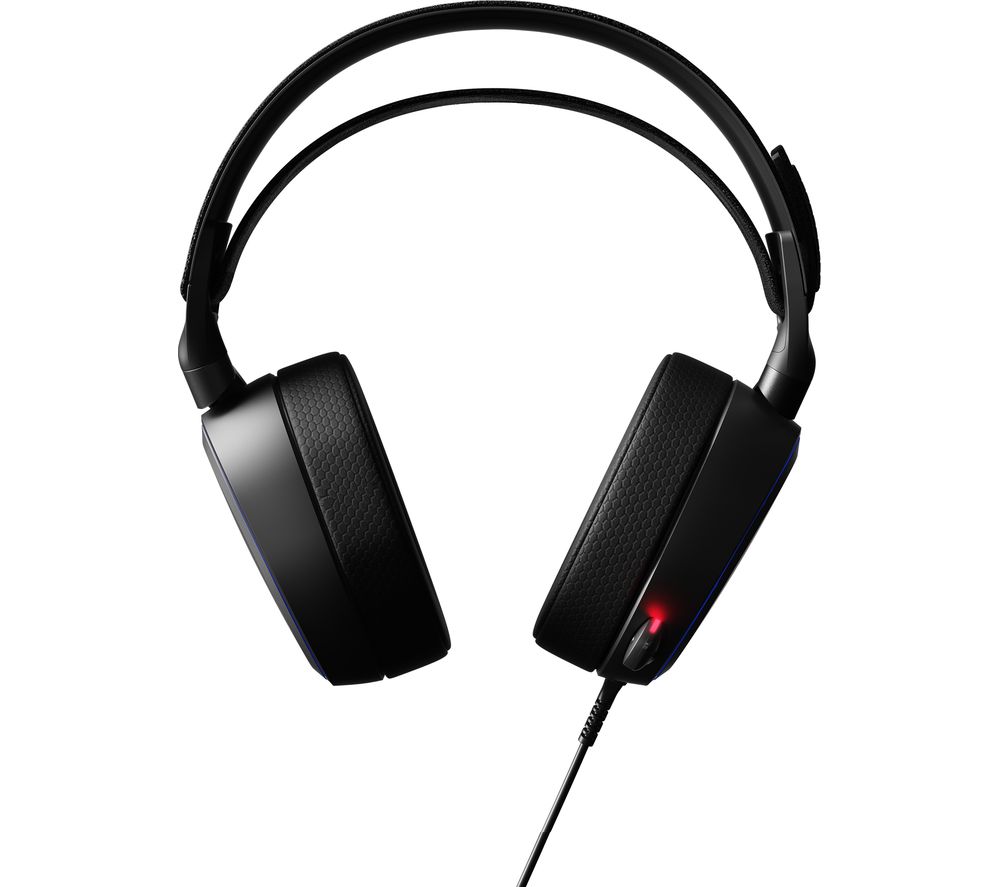

The mini-USB port is a bit redundant as the headphone jack should be sufficient on its own, so I am not sure why Steelseries continues to include it in most of their high-end headsets. It also has a standard headphone jack, and a mini-USB port, both of which convert the headset into analog for devices that still support a 3.5mm port. In terms of ports, the left ear cup features a USB-C charging port, a volume scroller, and a mic on/off button. I would wager much of the comfort is off-loaded to the ski-goggle headband, which adapts to the shape of your head and balances the clamp force of the ear cups for a gentle but firm fit. The coarse cloth on the cushions felt a bit scratchy at the beginning but my ears got accustomed to it in no time, and despite them touching the cloth, I never felt so much of a pinch or any sort of discomfort from it. I have worn the Arctis 7+ for several hours at once, and I had absolutely no problem. The ear cup cushions are soft but lack sufficient depth, and because of that, your ears touch the cloth covering the driver, which is a big ‘no no’ in the audio world as that could cause discomfort over time.

It’s quite remarkable how they achieve the comfort to be completely honest, because everything about the Arctis 7+ is the antithesis of how comfort should be designed for a headset. Steelseries headsets have always had excellent comfort, and the Arctis 7+ doesn’t fall far behind. It’s a handsome device, no doubt, and feels extremely premium and sturdy in the hands. You have the same all-plastic body, the ski-goggle suspension headband, and the little microphone peaking out at the bottom, with the curved hinges providing a smooth 180 degree of swivel for easy positioning. So if you are familiar with that headset, you will know what you are getting into. The Arctis 7+ features pretty much the same design as that of the Arctis 7.


 0 kommentar(er)
0 kommentar(er)
